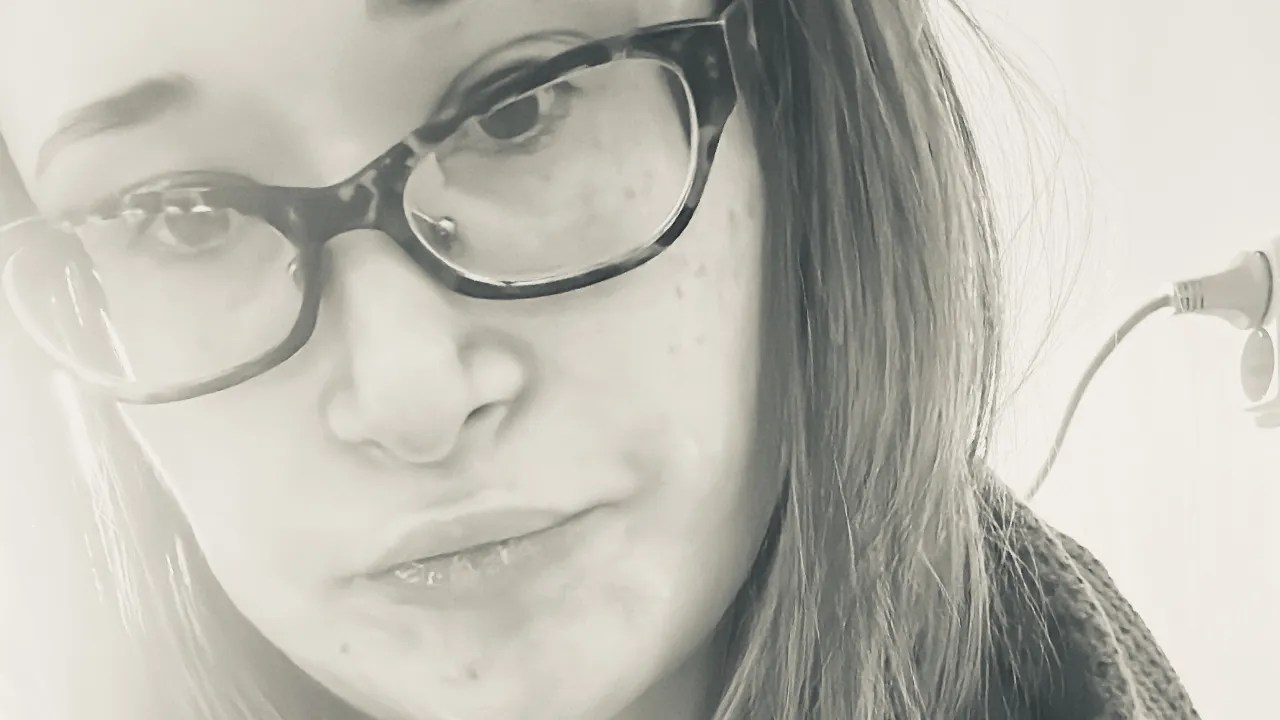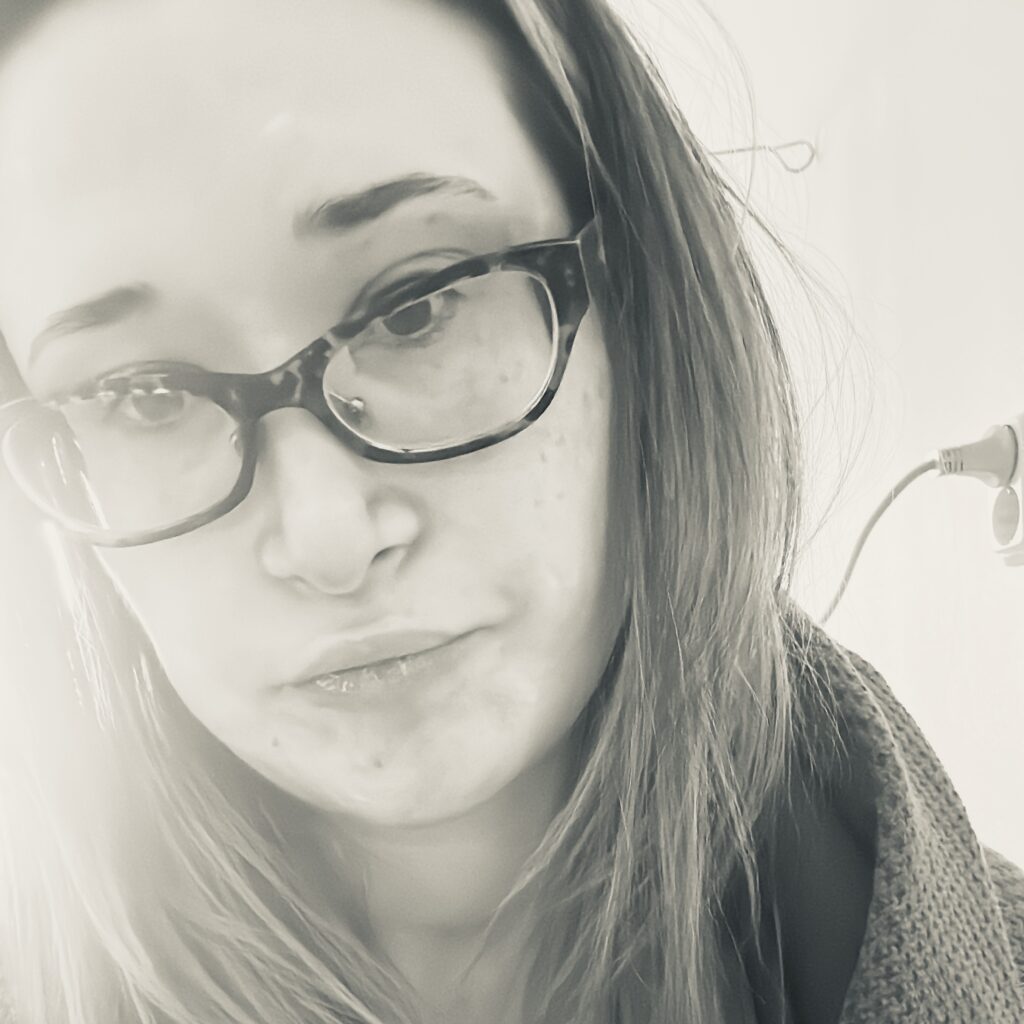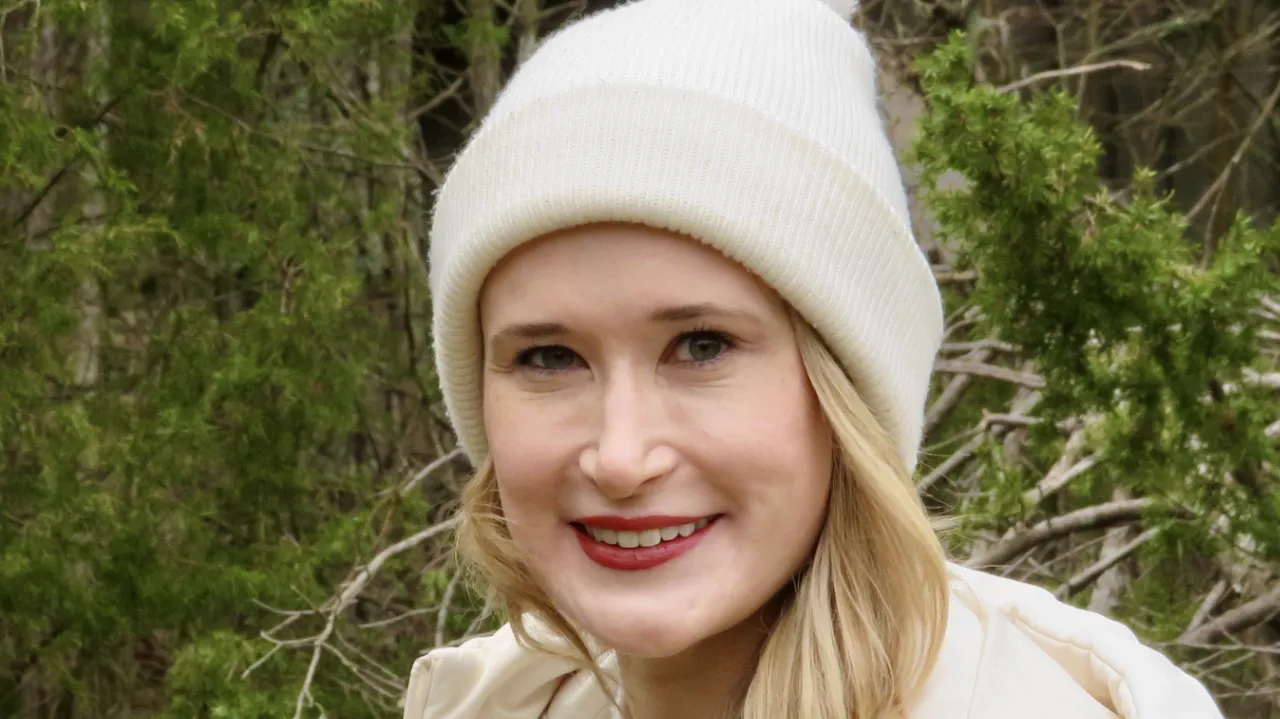Blog
Emergency surgery in Estonia – how was it??

April 20 – I woke up in the early hours of the morning with a weird pain in my left lower abdomen – bad enough that I couldn’t really sleep. Stuck in bed all day that Saturday, the googling commenced. Wrong area for kidney pain. Wrong side for appendicitis.
“Maybe one of my ovaries exploded,” I texted a friend, jokingly. When I tried to go to the shop a block away, I felt a wave of nausea come over me, and felt lucky to make it home and up the four flights of stairs without blacking out. Something was wrong.
I made a makeshift “hot water bottle” with a washcloth soaked in boiling water; this wasn’t really easing the pain, but essentially just burning my nerves to distraction. Combined with sleeping pills, this allowed for a few hours of sleep, until I jolted awake at 3am by BAD pain. “You need to go to the hospital” level pain. I was still (barely) functional enough to put on real clothes; to grab my backup phone battery; to shove a few things into a bag in case the hospital visit ended up being an extended stay. I also had the foresight to grab a plastic bag at the last minute, on the assumption that the nausea might turn into motion sickness in the taxi – which was 100% correct. Calling a taxi, getting down four flights of stairs on my own… had I waited another hour, I think it would have been an ambulance and stretcher situation instead. Moral of the story: be like me, and listen to your pain – or, ideally, be smarter than me, and listen to your pain earlier. Had I gone to the hospital during the day, with a full staff on hand including a gynecologist, things would have been… easier.
Growing up in the US, the idea of “former Soviet public health care” would have made me shudder; I was indoctrinated into the idea that American health care was state-of-the-art, and that American doctors were the best trained in the world (and by extension, doctors in pretty much any other country were surely terrible), and that health care was SUPPOSED to be astronomically expensive. I’ve been relieved of this mentality for decades now; I remember the first time I went to an NHS (national health service) clinic when visiting family in the UK as a teen, shocked to find that it was… fine. But I feel this point is worth a mention for any American readers out there.
I’ve now visited an American emergency room on a late Saturday night/early Sunday morning, and an Estonian emergency room on a late Saturday night/early Sunday morning, so it’s a good opportunity for direct comparison. I can say hands down that the Estonian experience was at least as good, if not better. Probably better, due in part to lack of drunk people having been in alcohol-related accidents (my US experience was at University of Michigan hospital the night the Red Wings won the Stanley Cup – or maybe lost, I can’t remember. My own visit had nothing to do with alcohol, but that emergency room was BUSY). The Estonian emergency room was much calmer, and no one there had just been in a bar fight.
Bonus: my Estonian emergency room visit AND surgery were basically free (more on that below).

Gross hospital selfie, chapped lips and all. It’s good to document the lows as well as the highs of life.
Arriving at the hospital on my own, some kind stranger helped me into a wheelchair and I checked in and paid €125 for the emergency room visit. Given that I was heaving into my plastic bag, I was taken to a bed right away and given blood tests, and hooked up to an IV with some sort of pain medication, which they assured me would start working soon.
An hour or so later, I had a CT scan, and wondered vaguely if it could be something SERIOUS serious – as anyone who has ever had a CT scan has wondered. But my biggest preoccupation was the pain. I asked for more pain medication through the IV but they told me they couldn’t give me any more; I was maxed out. Hours passed. The pain medication seemingly did nothing, to the point that I wondered whether it was just water in the IV drip. I tried any position I could figure might help the pain; standing up, squatting down, lying on one side, then the other. A nurse came and told me that the blood work and CT scans had come back fine, so it might just be bad food and that I’d have to wait it out – although a gynecology exam would be done in a couple of hours when the gynecologist arrived.
This was a 9/10 on the pain scale, assuming that 10 is ‘your arm is on fire’ and is a level of pain I can’t actually conceive of. I’ve had plenty of ‘bad food’ before, having traveled a zillion places and eaten all sorts of weirdness, and I had never had pain THAT bad – not in such a sustained way. The doctor would later tell me that the pain I experienced ranked among the worst someone COULD experience, and that I had done a great job in not ‘climbing up the walls’ so to speak. Estonians are relatively quiet and reserved people, so I had indeed tried to keep any whimpering to a minimum. But it hadn’t been easy.
The one brief distraction from the pain was someone else’s – a Finnish girl was brought to the bed next to mine, and since she was speaking English with the staff, I could hear what was going on. She had come over to Tallinn on the ferry with friends and was out for the night, and someone had spiked her drink with club drugs. Apart from the physical symptoms – spasms and vomiting, it sounded like – she was hysterical, crying, in shock. And afraid that no one would believe her as she insisted over and over that she had only had two drinks, and that these weren’t normal symptoms from two drinks, and that some guy had offered her a beer and that’s when it started. I wished I could say something encouraging through the partition, since she was there alone, or give her a hug. Or just tell her that I believed her. She seemed to quiet down quickly, though, and I guessed they gave her some sort of sedative. I think they ultimately might have done the same for me through the IV, as something seemed to make me drowsy for a couple of hours, and I was finally able to lie still and cope with the pain.
Around 8am or so, I was suddenly helped into a wheelchair and wheeled for what seemed like miles through the mostly-deserted hospital; it was Sunday morning, so it was almost eerily quiet, but someone was there ready and waiting at gynecology. Having an ultrasound was familiar from my two rounds of egg freezing in 2020. The mouse clicks and beeps on the screen, measuring my ovaries and whatever else. Then suddenly, there was obviously a recognition of… something. Some issue.
I was put onto a wheeled bed and moved to an adjacent room with a nurse babysitting me. The pain was as brutal as ever, and I was passing in and out of consciousness – maybe from a drug in the IV, or maybe just the shock of the pain. A doctor came in a few minutes later and explained that my left fallopian tube was twisted – twice. ‘Fallopian tube torsion,’ or in this case ‘ditorsion.’ Apparently this is extremely rare, and when it DOES happen, usually the ovary twists along with the fallopian tube, so this was even rarer. I have a theory about a weight machine at the gym… that’s my only plausible thought as to what could have caused this to happen. The doctor said it was impossible to really say with certainty.
She said they would need to start surgery as quickly as possible to try and save the fallopian tube, so they would aim to start within 30 minutes. There were several nurses there by then, and obvious rushing going on. I asked if it would be under anesthesia – yes, general anesthesia. That was music to my ears. Anything to be rid of the pain. I genuinely couldn’t wait.
I was told I had to sign consent forms to remove the fallopian tube if it turned out to be dead, which would have occurred if the blood supply had been cut off for too long. I hastily signed, and tried not to worry much. I had two fallopian tubes, after all, and would just be losing one. But it still seemed less-than-optimal. More than anything, though, I just wanted the anesthesia.
And then I was waking up in the recovery room, and as soon as I woke up, I broke into the biggest smile, because the pain was gone.
There were ten minutes or so when I was waiting for the doctor to come and speak to me after the surgery. I thought about how I would feel if they had, in fact, removed the fallopian tube. I knew it wouldn’t make me infertile, so I thought it would likely be okay, but I still felt strangely nervous.
The doctor came in and told me they were able to save the fallopian tube; that blood had started flowing to it again immediately once they un-twisted it. And then I REALLY smiled, and she smiled, too. As much as I supposed I would have been okay without it, it felt reassuring to still have it there. I thanked her then, and again the next morning before I left. She seemed like the sort of doctor who genuinely feels satisfaction and joy in helping their patients. Like SHE was happy to have saved my fallopian tube, too.
I was put in an overnight room, with one other patient – an eldery woman who looked to be reading romance novels and also recovering from some sort of procedure. I was given a very pink long buttoned shirt-gown, and a very blue robe, and some slippers. I passed the time by binging Alex Hormozi’s audio books because there’s something about being “sick” and unable to do anything, that makes me feel as though I want to be accomplishing things, or at least learning how to accomplish things.
The quality of everything was completely adequate. It wasn’t luxury, but it was a standard hospital, and for what I needed overnight – which actually wasn’t much of anything, they were just monitoring me out of caution – it was more than fine, and felt like I could be in any public hospital anywhere in the world, really. It was clean, comfortable, and the food was reasonable; an Estonian stew type thing for dinner with a bread roll, plus a banana – a bit of an unexpected pairing, but I didn’t mind. I communicated a bit with the night nurse using Google Translate and hand gestures. In Estonia, people with advanced education, like doctors, generally speak excellent English – as well as younger people in general – but the older generation are less likely to know English, depending on their job. But the night nurse and I made it work regardless.
Apparently I was given a dose of local anesthesia around the fallopian tube at the end of the surgery; once this started to wear off, I began to feel some pain again, and actually investigated the bandaged-up wounds. It was only then that I realized that it had been a laproscopic surgery, done through three very small incisions with a camera. Two weeks later, as I’m writing this, I no longer need to bandage the little wounds, and the stitches are beginning to dissolve – and I’m amazed to see how small these three cuts really are. I can imagine how unobtrusive the scars will eventually be, especially after a year or two.
The biggest surprise came when I went to pay and collect an invoice before I left; the doctor had guessed it would be around €2700, and I had explained that because I wasn’t an Estonian tax resident and thus not on the national insurance, I would need to pay upfront and then get reimbursed through private insurance (although, even if that hadn’t been an option, €2700 sounded like a dream compared to whatever that bill would have been in the US… and even with health insurance in the US, a €2700 copay wouldn’t be unheard of).
There was some confusion among the billing staff, and then eventually, someone came and told me that because it was an emergency surgery, apart from the €125 I had paid for the emergency room visit, everything was free. I was stunned, and asked if I could leave my contact details in case there was a mistake. They laughed and told me it definitely wouldn’t change, and that there had been no mistake.
All in all, I’m incredibly thankful to the doctors and hospital staff for getting me into surgery as quickly as they did and for saving my fallopian tube. Given that I came in overnight, things truly went as quickly as was possible as soon as a gynecologist was available, and everyone was so professional.
Thank you, East Tallinn Central Hospital. I don’t think I could have asked for better care.



